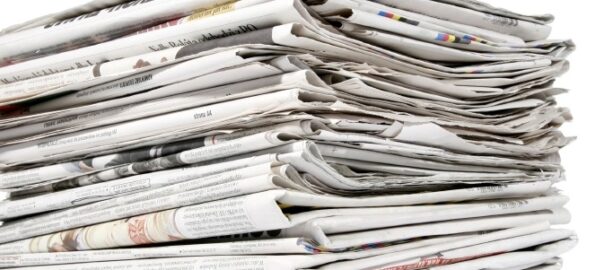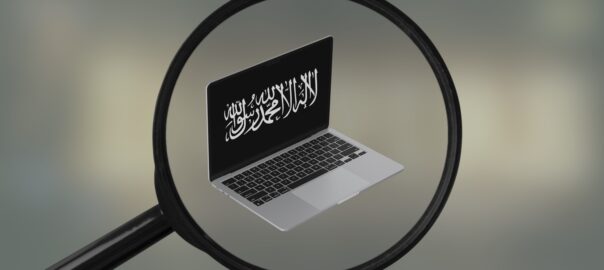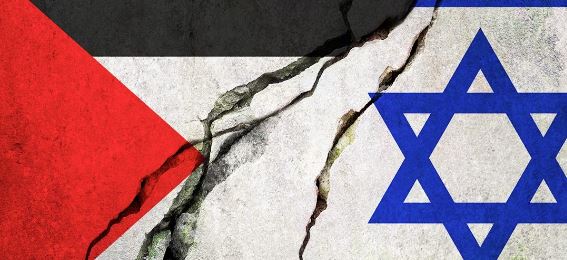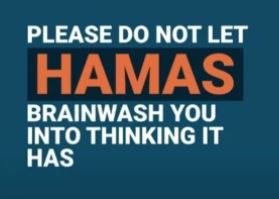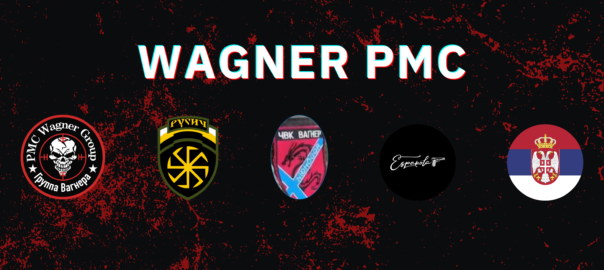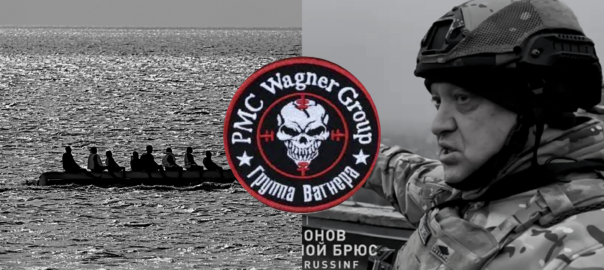Recent national and international emergencies, from pandemics to the recent floods, have repeatedly highlighted how the role of local information must be to synthesise the various social and cultural policies proposed by public bodies and the correct representation – the state of life of citizens in the territory – beyond national media logics, often based on speed and the spectacularisation of disasters.
Continue readingTag Archives: Communication
Islamic State Propaganda, Following the Content – by F.Borgonovo, S. Lucini, M. Lakomy
From 2019 to the present, the Islamic State’s digital ecosystem has undergone a dramatic evolution. Within the timeframe of 2021 to 2023, new players have come onto the scene, offering specialized translation services, while others have fortified the infrastructure for online dissemination, making it more robust against attempts to disrupt their activities.
Continue readingMosca attacco al Crocus City Hall: una questione di tempi – by Marco Lombardi
È interessante sviluppare alcune considerazioni intorno alla timeline che ha caratterizzato l’esecuzione e la rivendicazione dell’attacco del 22 marzo 2024 a Mosca per cercare di capire meglio la portata della minaccia jihadista.
Continue readingL’attentato con molotov al consolato USA di Firenze e “The whole world is Hamas” – by Giovanni Giacalone
Nella giornata di sabato 3 febbraio, è stato fermato l’autore del lancio di bottiglie molotov contro il consolato statunitense di Firenze, verificatosi nella notte del 1° febbraio. Si tratta di Dani Hakam Taleb Moh’d, 22 anni, cittadino italiano di padre giordano di origini palestinesi e madre palestinese della Cisgiordania. L’arrestato risulta residente a Dicomano, comune del Mugello, assieme ai genitori. Due profili Facebook con un paio di foto ma privi di contenuto e un’azienda di consulenza informatica a suo nome in via di Novoli a Firenze, la Orient Service.
Continue readingDebunking Al Qaeda new Inspire productions – by F. Borgonovo, G. Porrino, S. Lucini, A. Bolpagni
In late December 2023, pro-AQ users shared two videos on various social platforms (X, Telegram, and RocketChat) that seemed to breathe new life into Inspire’s infamous magazine series.
Continue readingIslamic State Blitzkrieg Propaganda – by F. Borgonovo, G. Porrino & S.R. Lucini
The recent Hamas attack has brought the Israeli-Palestinian conflict back into the international spotlight, and this has awakened the communication of the main jihadist groups. With al-Qa’ida supporting Hamas and its actions, a statement on the attack by the Islamic State was expected. On 20th October, through the publication of the 413th issue of al-Naba, an official newspaper issued by the Central Media Office of the Islamic State, IS expressed its position.
Continue readingWar and peace in the global village. Second half – by Giacomo Buoncompagni*
Shortly after the clashes in Ukraine, the apparently silent Israeli-Palestinian conflict reignited, at least in the Western media. A few months later, more blood, death and hostages between polarised information and a desperate plea for peace. Diversity has historically been a potential source of friction and misunderstanding.
Continue readingEffetto Hamas: l’attacco a Israele e la nuova utopia radicale – by Sara Brzuszkiewicz
Nuovi allarmi bomba nelle scuole francesi, a tre anni di distanza dalla decapitazione di Samuel Paty, il professore che il 16 ottobre 2020 venne ucciso da Abdoullakh Abouyezidovich Anzorov, diciottenne ceceno rifugiato in Francia, dopo una campagna online contro il docente, colpevole di aver mostrato alcune vignette di Charlie Hebdo ritraenti il profeta Muhammad.
Continue readingTime to be realistic about Swarmcast2.0 – by Ali Fisher
For all the meetings, presentations and reports from embedded academics and industry groups, purporting to show success against Salafi-Jihadi groups, the movement is still comfortably able to disseminate content through Swarmcast2.0.
The Western metanarrative has long been accepted by the orthodoxy of Terrorism Studies. However, while claims of success resonate at events hosted by industry funded bodies, the challenge encapsulated by Swarmcast2.0 remains. Salafi-Jihadi groups and the media mujahidin maintain persistent networks which function across multiple platforms simultaneously.
Continue readingPMC Wagner and Allied Mercenaries, Aftermath of the March by – Federico Borgonovo & Giulia Porrino
During the Russian-Ukrainian conflict, PMC Wagner exploited online and offline support of some military groups, including:
- Española, a parallel battalion of Russian ultras led by Alexander Shum and with a special training centre near San Petersburg.
- Rusich, a reconnaissance, sabotage and assault group, directly attached to the PMC Wagner.
- Serb members, active since the deployment in Syria. Those are linked with several ultras’ communities.
- Níðhöggr (Nidhogg), a little unit near to the Scandinavian right-wing militia funded by an actual Wagner member.
All these units were orbiting around the PMC Wagner as embedded support groups. Starting from their online propaganda we theorized a pro-Wagner alliance system (figure 1).
Continue readingCorrelation Is Not Causation: Wagner e migranti come attori della guerra cognitiva – by Giulia Porrino
Nella giornata di lunedì il Ministro della Difesa Guido Crosetto e il Ministro degli Affari Esteri Antonio Tajani hanno denunciato la presenza della PMC Wagner dietro l’aumento degli sbarchi sulle coste italiane, triplicati rispetto allo stesso periodo nel 2022. Secondo i Ministri si tratta di una strategia di guerra cognitiva che i mercenari russi stanno attuando per destabilizzare l’Europa. Non si è fatta attendere la risposta di Prigozhin (su Telegram), che ha negato di essere al corrente di quanto sta accadendo.
Continue readingPMC Wagner Propaganda Ecosystem – by Giulia Porrino & Federico Borgonovo
The Wagner propaganda ecosystem is fragmented and made up of different actors that we have categorized. We identified a “top-down” propaganda architecture, composed of different materials disseminated by the leadership of the Wagner company, exploiting traditional media such as television, movies, events, and newspaper. Examples of this are the construction of the Wagner Center in St. Petersburg and movies produced by Aurum Production owned by Prigozhin.
Continue reading
